Challenges in Safeguarding Railway Infrastructure in Remote Areas
To address these challenges effectively, there is a need for more integrated surveillance systems, better training and coordination with local law enforcement agencies, and advanced infrastructure that can withstand the environmental challenges posed by remote regions
By Sanjay Kumar Mishra, IG/PCSC/RPF/SER
The #IndianRailways is Lifeline of the country and one of the largest and most intricate rail networks globally. It is playing a crucial role in the #transportation of #Passengers and #Freight. However, #safeguarding its infrastructure, particularly in remote areas presents a unique set of challenges. The #security of railway assets, both for passengers and freight, is essential to maintain operational efficiency, prevent #sabotage, and mitigate the risk of disruptions. In this article, we explore the primary challenges faced by the Railway Protection Force (#RPF) in safeguarding railway #infrastructure in remote areas.
Key Challenges
Geographical Challenges: Remote areas often present significant geographical obstacles, such as difficult terrains, forests, mountains, and deserts. These locations are typically harder to access, making it difficult to patrol the railway lines effectively. The ruggedness of the terrain can also delay the deployment of security personnel or emergency response teams in case of any sabotage or security breach. This is especially problematic in regions like the northeastern states, Jammu and Kashmir, and parts of Central India, where tracks pass through dense forests and hilly terrains.
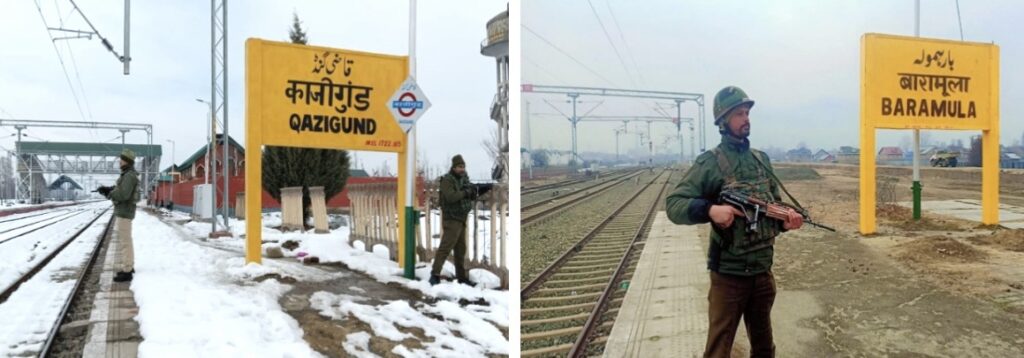
Moreover, some of the railway infrastructure, such as bridges, tunnels and stations, is located in remote regions that are susceptible to natural disasters like landslides, floods, or earthquakes. This makes it a challenge not only to protect against human threats but also to ensure the durability and integrity of the infrastructure in such challenging conditions.

Directly impact on rail operations & security
- Proximity to International Borders: Many remote railway locations, such as Banihal, Nischintapur (Tripura), Dimapur, and Zubza, are situated close to international borders. Cross-border smuggling, insurgency spillover, and strained relations with neighbouring countries can directly impact railway operations and security.
- Limited Local Awareness About Railway Operations: The local population often has limited understanding of railway operations, leading to inadvertent disruptions. Additionally, locals may resort to practices like rent-seeking from railway employees and contractors. Instances of damage to railway property, including cables, signals, and tracks, are common, and their restoration in remote areas is both time-consuming and resource-intensive.
- Political and Social Sensitivities: Railway projects in remote areas often face resistance from local communities due to land acquisition disputes, environmental concerns, or socio-political issues. These tensions can escalate into security threats.
- Law and Order Concerns: Remote areas are often prone to activities from anti-social elements, insurgent groups, and terrorist organizations, which may target critical infrastructure for various purposes, including disrupting the national economy or creating political instability. These areas, often near international borders or conflict zones, are more vulnerable to attacks. For instance, insurgency-prone areas in the northeastern states, Jammu & Kashmir, Jharkhand, Chattisgarh etc have witnessed frequent attacks on railway tracks, stations, and trains by militant groups. For instance, two explosions occurred on the railway track in the Sonua-Lotapahar section of the Chakradharpur division in 2021, followed by another explosion in the Derwan-Posoita section of the same division in 2023. All three locations are located in the state of Jharkhand. The presence of these groups makes it difficult for railway authorities to ensure the #Safety of passengers and #Railway-workers. The possibility of #derailments, #blasts, requires enhanced #Vigilance and targeted countermeasures to deter such activities.
Railway infrastructure in remote areas is highly susceptible to vandalism and theft. Remote stations, #tracks, and #signalling equipment are prime targets for scrap metal thieves and vandals who dismantle components such as copper wiring, railway signals, and other valuable parts. This not only disrupts train services but also incurs significant costs in repairs and replacements. Additionally, sabotage in the form of track tampering and deliberate obstruction of rail services is a serious concern. While such activities may be sporadic, they can have catastrophic consequences, especially when perpetrated in remote locations where quick responses are difficult.
Steady supply of resources
- Resource Constraints: Ensuring a steady supply of resources, including manpower, equipment, and logistical support, remains a persistent challenge due to the remoteness and inaccessibility of these areas.
- Poor Telecommunication and Connectivity: In many remote railway locations, communication infrastructure is underdeveloped. This hampers real-time monitoring, coordination, and quick response during emergencies.
- Complexity due to Bridges and Tunnels: The presence of numerous bridges and tunnels in remote railway projects adds an additional layer of complexity. These structures are highly vulnerable to sabotage and require constant monitoring and specialized security measures.
- Single-Line Sections: Most of these locations are single-line sections. Any disruption in these areas can bring the entire movement to a halt, causing significant delays, economic losses, and potential unrest among the affected population.
- Lack of Community Engagement and Local Support: In many remote areas, there may be limited engagement with local communities, who are key players in identifying and preventing security risks. In some regions, a lack of trust or coordination between railway authorities and local populations can lead to a lack of intelligence gathering or reluctance to report suspicious activities. Without community support, it becomes challenging to identify potential threats or prevent illegal activities from occurring.
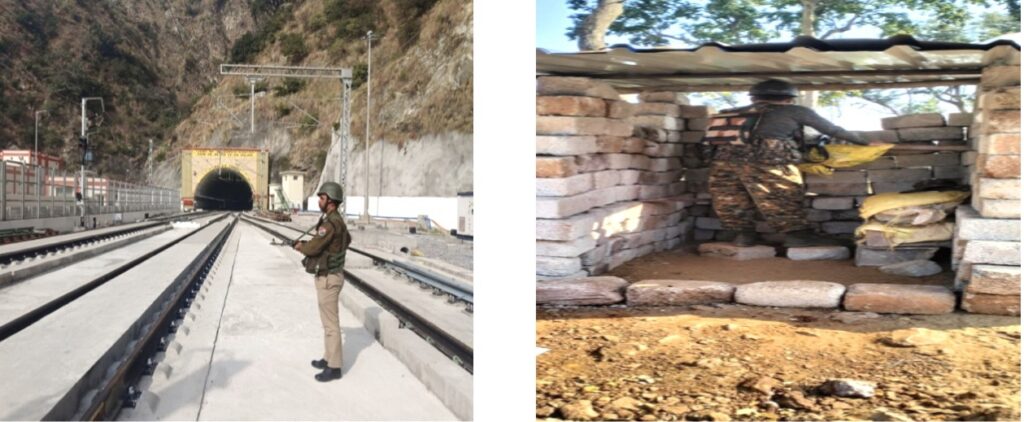
To address the challenges
- RPF’s proactive steps towards overcoming these challenges: To address the challenges faced in safeguarding railway infrastructure in remote areas, the Railway Protection Force (#RPF) has implemented a multi-faceted approach that combines technology, collaboration, community engagement, and specialized training to enhance security in vulnerable regions.
- Enhanced Surveillance and Patrolling: The RPF intensifies patrols and uses advanced surveillance technologies like CCTV, Face Recognition System, drones, GPS tracking system, VHF sets etc. in vulnerable areas. Regular foot and vehicle patrols help identify threats early.
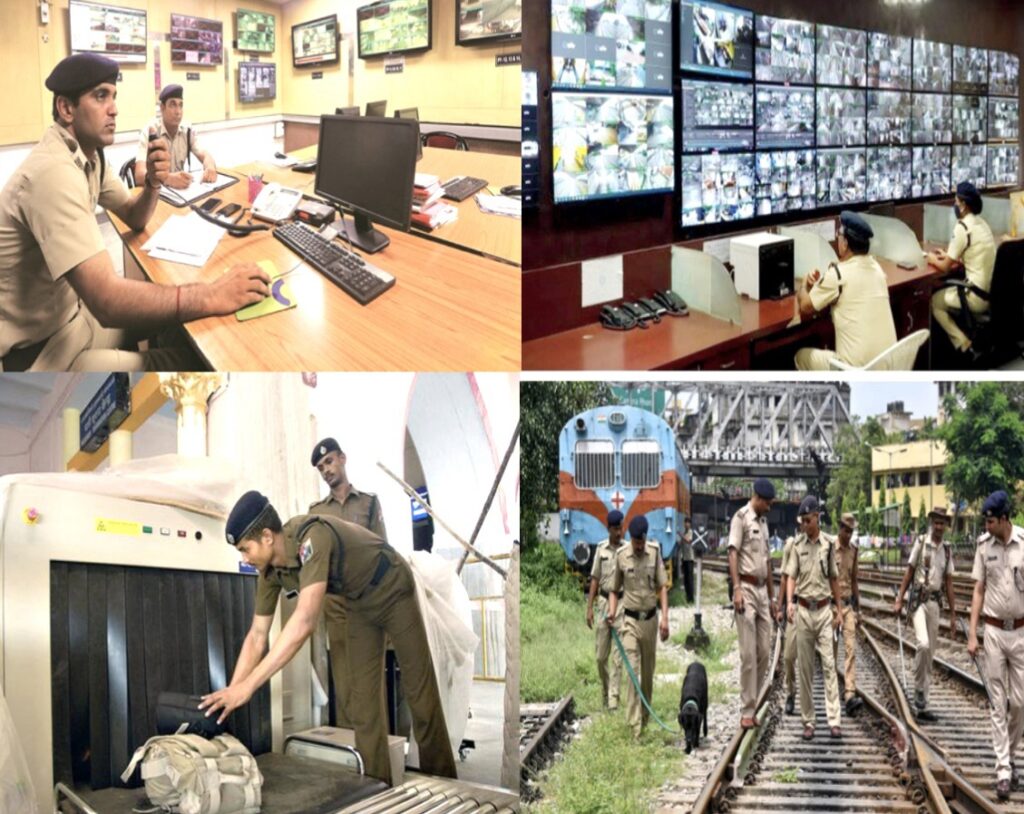
- Collaboration with Local Security Agencies: Understanding that security concerns in remote areas often extend beyond the railway system, the RPF has formed strong partnerships with local law enforcement, paramilitary forces, and intelligence agencies. The RPF is also utilizing the Multi-Agency Centre (#MAC) platform to facilitate the sharing of intelligence among various security and intelligence agencies. This collaborative approach allows for effective sharing of information, pooling of resources, and coordinated responses to security incidents.
- Community Engagement and Intelligence Gathering: In remote areas, the RPF also engages with local communities to build trust and gather intelligence. Through community outreach programs, awareness campaigns and establishing rapport with village leaders, the RPF encourages residents to report any information related to security threats. This grassroots intelligence network helps the RPF to take preventive measures and disrupt potential attacks before they occur.
- Use of Technology: To further enhance security, the RPF has integrated advanced technology into its operations for rapid threat responses. For example, in Jammu and Kashmir, most tunnels are equipped with CCTV cameras integrated with Facial Recognition Software (FRS). Additionally, bulletproof vehicles are being procured for RPF personnel to improve their safety and operational effectiveness. Similarly, solar-powered CCTV cameras are being installed, and small, military-grade drones are being deployed at strategic locations along the KK line (East Coast Railway) in Chhattisgarh.
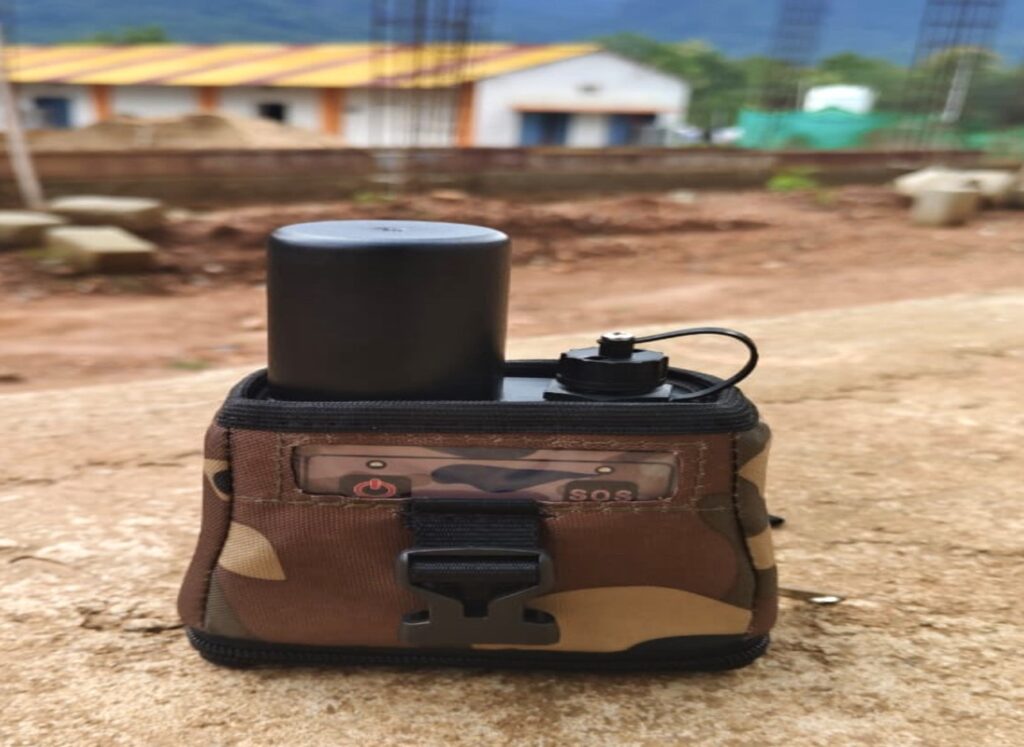
- Furthermore, a #GPS tracking system has been acquired for live tracking, movement monitoring, and real-time surveillance to prevent any untoward incidents. The system also features geofencing, playback capabilities, live map view, #SOS alerts, #SMS alerts, control room messaging, report history and distance measurement on the map, enhancing overall operational efficiency and safety.
- Special Training and Capacity Building: RPF personnel are regularly trained in handling security challenges unique to remote and high-risk areas. Special training programs focus on counter-insurgency techniques, crowd control, crisis management, and handling explosives.
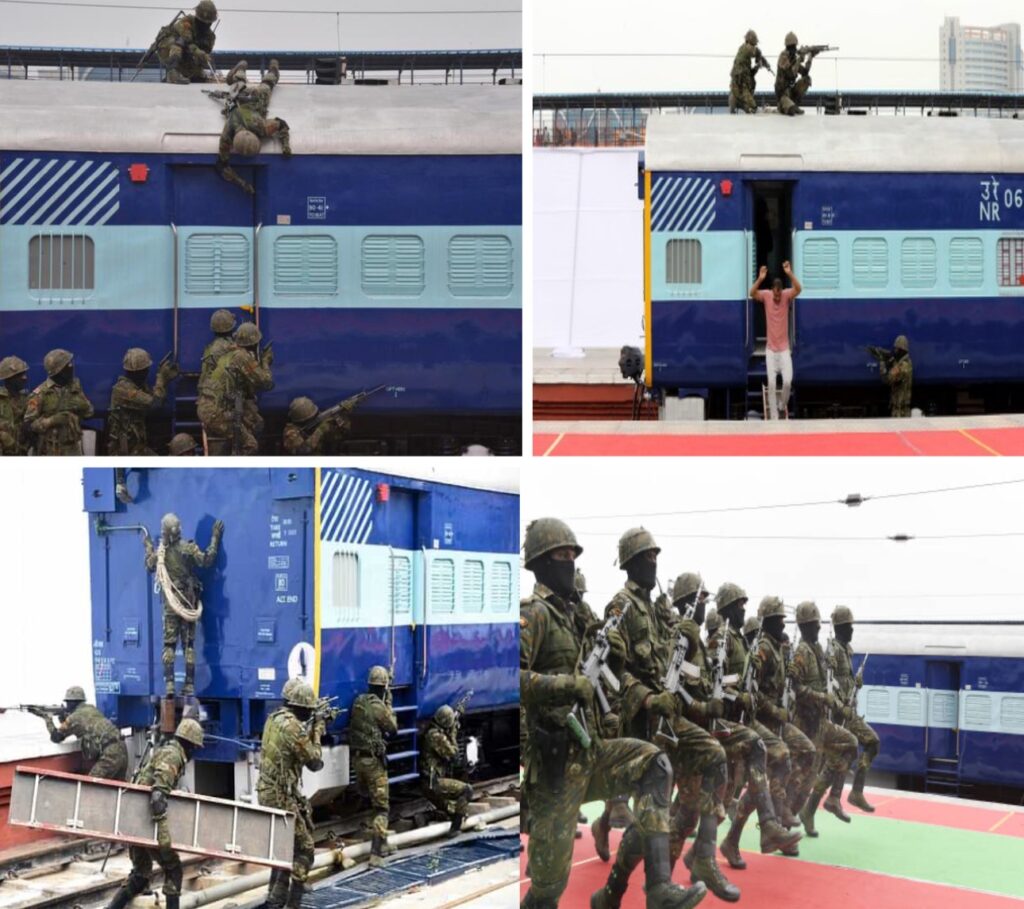
The RPF’s comprehensive security strategy combines proactive measures, technological innovation, inter-agency collaboration, and community engagement to ensure the safety of rail infrastructure in remote areas. These efforts not only strengthen the resilience of India’s railway system but also contribute to national security by mitigating risks posed by criminal and militant activities. Despite ongoing challenges, the RPF’s multi-pronged approach continues to enhance the protection of the country’s vital railway network in some of the most vulnerable regions.
The Way Forward
The security of railway infrastructure in remote areas is a multifaceted challenge that requires strategic planning, robust technology, and extensive collaboration between various security agencies, local communities, and the railway authorities. While the Railway Protection Force (RPF) plays a pivotal role in ensuring the safety of passengers and railway infrastructure, overcoming these challenges demands a combination of technological innovation, resource optimization, and community support.
To address these challenges effectively, there is a need for more integrated surveillance systems, better training and coordination with local law enforcement agencies, and advanced infrastructure that can withstand the environmental challenges posed by remote regions. By continuing to invest in training, technology, and resource deployment, Indian Railways can enhance the security and resilience of its infrastructure, ensuring safe and smooth operations for passengers and freight across the country.


